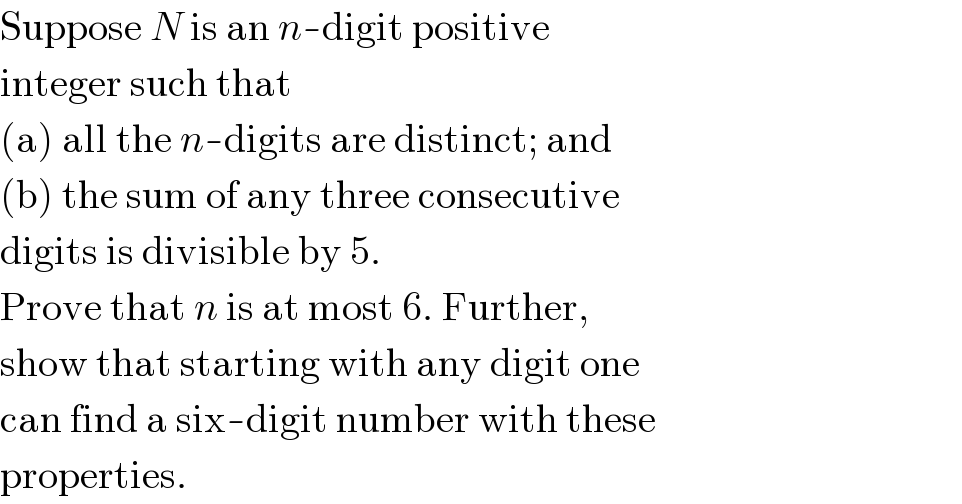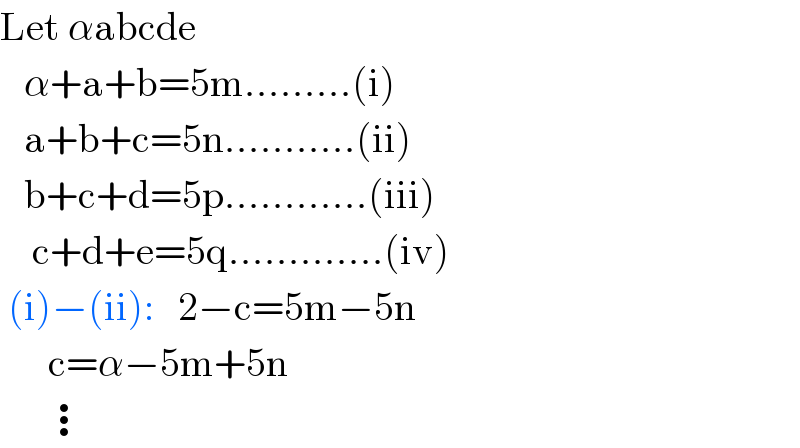
Question and Answers Forum
Question Number 21994 by Tinkutara last updated on 08/Oct/17

Commented by Rasheed.Sindhi last updated on 09/Oct/17

| ||
Question and Answers Forum | ||
Question Number 21994 by Tinkutara last updated on 08/Oct/17 | ||
 | ||
Commented by Rasheed.Sindhi last updated on 09/Oct/17 | ||
 | ||